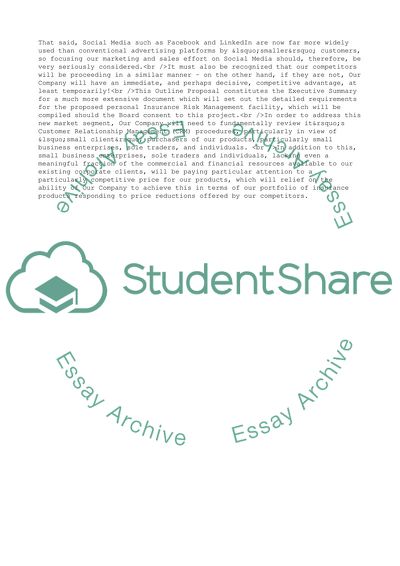Cite this document
(“Customers Insurance Essay Example | Topics and Well Written Essays - 2000 words”, n.d.)
Customers Insurance Essay Example | Topics and Well Written Essays - 2000 words. Retrieved from https://studentshare.org/business/1631279-economics-and-business-of-insurance
Customers Insurance Essay Example | Topics and Well Written Essays - 2000 words. Retrieved from https://studentshare.org/business/1631279-economics-and-business-of-insurance
(Customers Insurance Essay Example | Topics and Well Written Essays - 2000 Words)
Customers Insurance Essay Example | Topics and Well Written Essays - 2000 Words. https://studentshare.org/business/1631279-economics-and-business-of-insurance.
Customers Insurance Essay Example | Topics and Well Written Essays - 2000 Words. https://studentshare.org/business/1631279-economics-and-business-of-insurance.
“Customers Insurance Essay Example | Topics and Well Written Essays - 2000 Words”, n.d. https://studentshare.org/business/1631279-economics-and-business-of-insurance.


